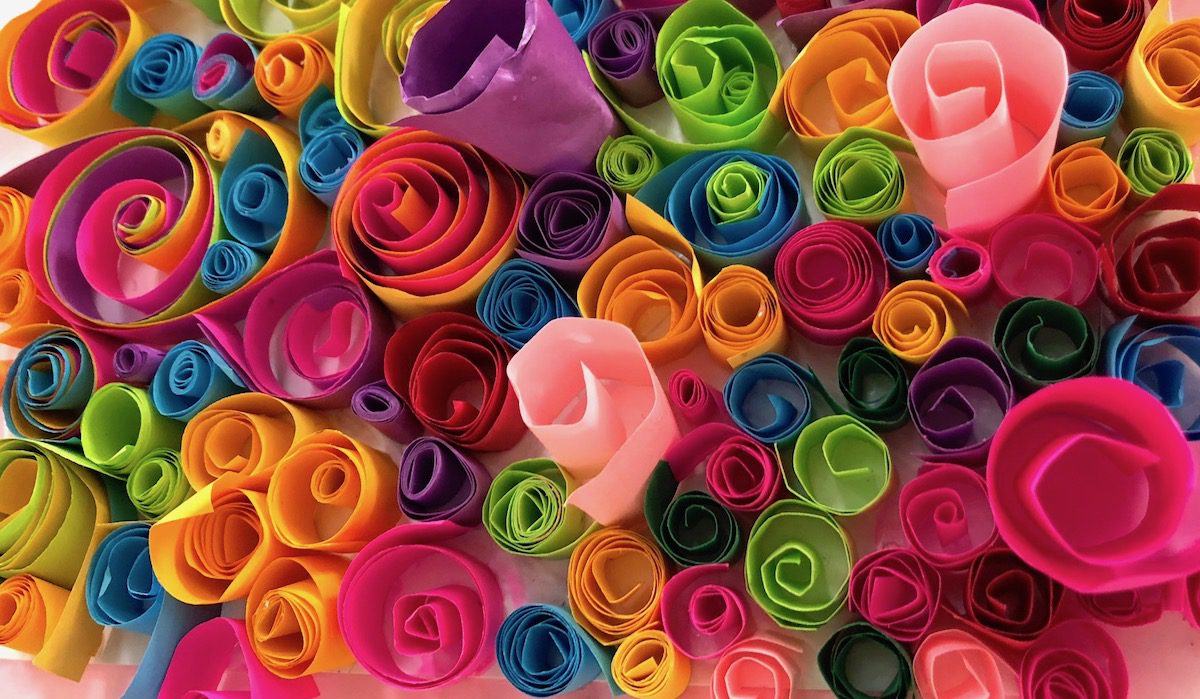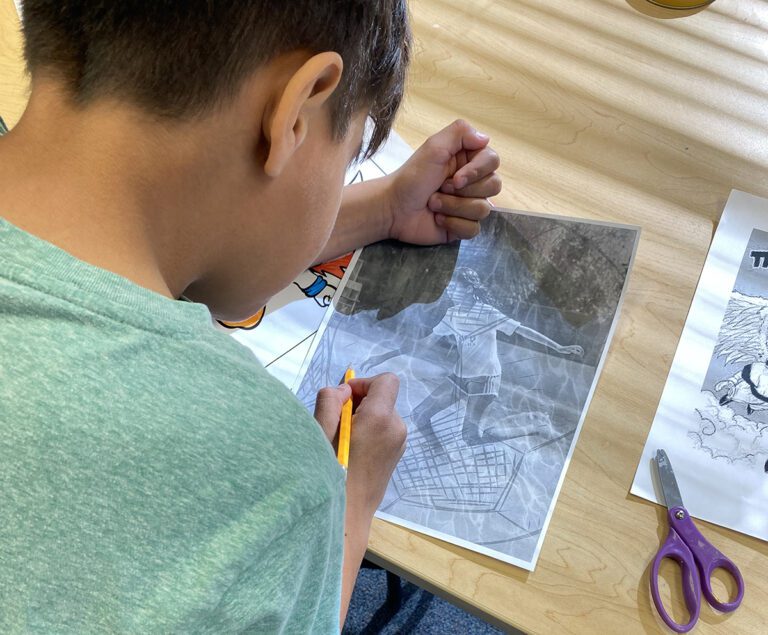The end of the school year is approaching, and it’s a great time to give your students art challenges to change things up. An art challenge is a creative problem for your students to solve. They can be used with groups or individuals and work for a wide variety of topics.
I love that art challenges push my students to think creatively and promote natural collaboration. They also provide unique opportunities for students to practice their problem-solving and communication skills. Finally, they often use materials you can easily find around your classroom.
Check out these 3 art challenges perfect for the end of the year.
1. Googly Eye Challenge
Get your students thinking outside the box with this one-day art challenge. This challenge works well with grades K-12.
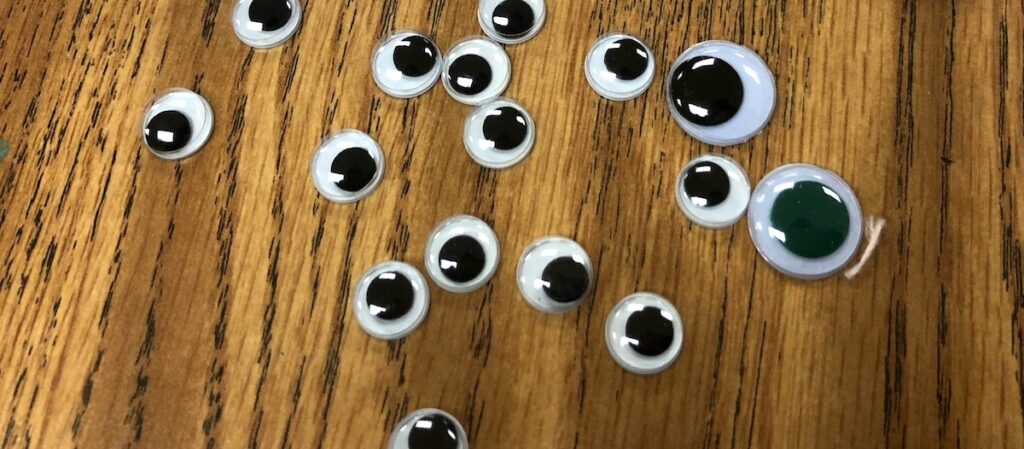
Challenge
Add a googly eye to a sheet of paper and make a creative two-dimensional piece of artwork. You cannot use the googly eye as a feature of a face. You must think outside the box.
Materials
I like to provide students with a variety of materials. However, you can also limit students to just one medium.
- Googly eyes in a variety of sizes (1-3 per student)
- Glue stick, if eyes are not adhesive
- Paper
- Drawing materials (pencils, colored pencils, crayons, etc.)
- Painting materials (watercolor, tempera, paintbrushes, etc.)
- Collage materials (glue sticks, paper scraps, scrapbook paper, etc.)
Procedures
- Read the challenge to your students.
- Give your students the googly eye(s).
- Remind students part of the challenge is not using the googly eyes for eyes on a face.
- Let students create and watch their creativity go wild!
- At the end of class, have students walk around to view each other’s work.
- Let students reflect on what they learned by writing on a sticky note. Use them as exit tickets or share in a classroom discussion.
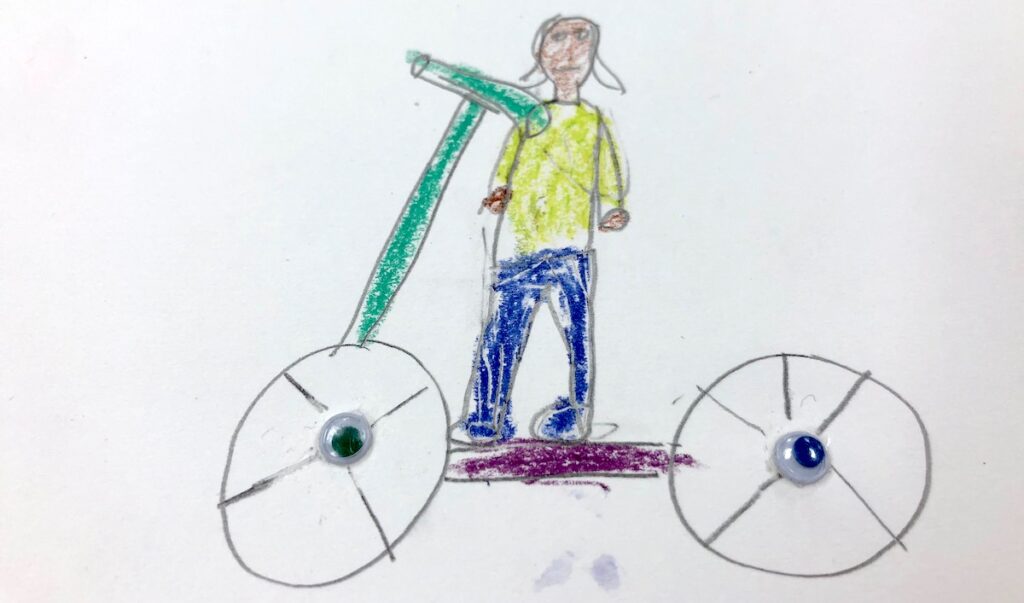
2. Paper Quilling Challenge
This project is great for 3rd through 12th grades. While most challenges can be done in one day, here I like to allow two to three days to give students enough time to truly get the hang of the technique. Depending on your students’ skill level, you could try this with younger students. They may just surprise you!
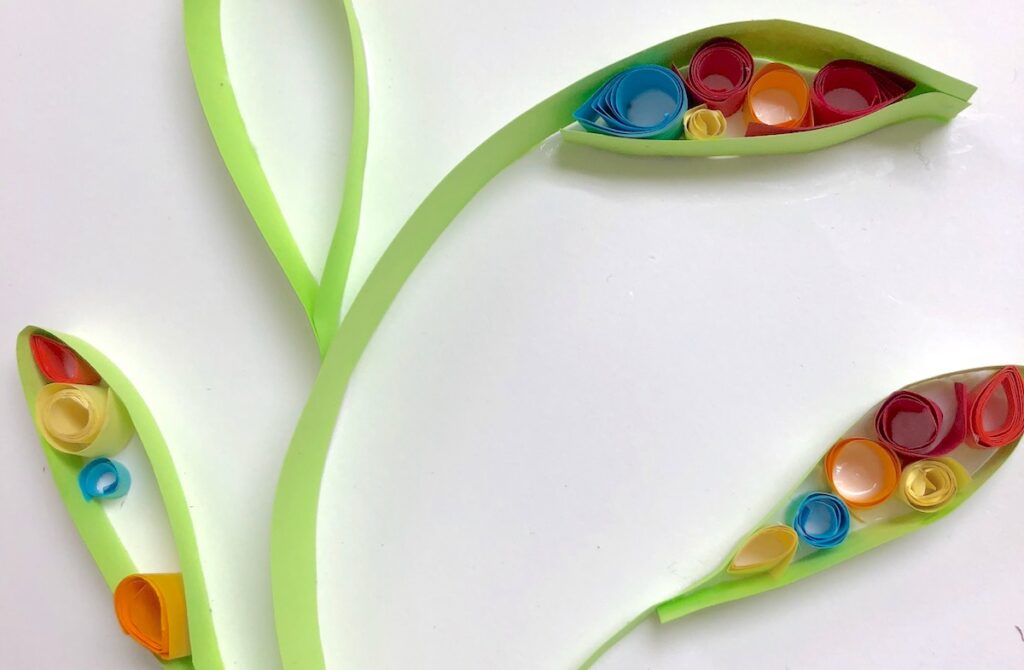
Challenge
Use the paper quilling technique to design a simple, creative image.
Materials
- 1/2″ strips of construction paper or colored copy paper
- Liquid glue and paper plates
- 6″ x 6″ sheets of thick paper or cardstock for the base
(If you want to give your students more time than one day, you can give them a larger sheet of paper for the base.)
Procedure
- Read the challenge to your students and tell them you will be demonstrating some techniques before they begin.
- Demonstrate how to wrap thin paper strips around the handle of a paint brush to create quills. A pencil also works but makes larger quills. You can also teach them how to squeeze the quills to produce a variety of shapes.
- Also, demonstrate how to use the paper strips to create shapes that can be filled by quills. This can be done by dipping the edge of the strips in the glue and placing them standing upright on the base.
- Inspire students by sharing the work of quilling artists. Sena Runa, an Istanbul-based artist, is a great artist to share.
- Give students multiple colors of paper strips and a plate of liquid glue along with their paper for the base.
- Let them create and see what they make!
3. Moving Structure Challenge
Put all those paper and cardboard scraps to use as students work to create a standing structure with a moving element. This challenge works for 3rd through 12th grades.
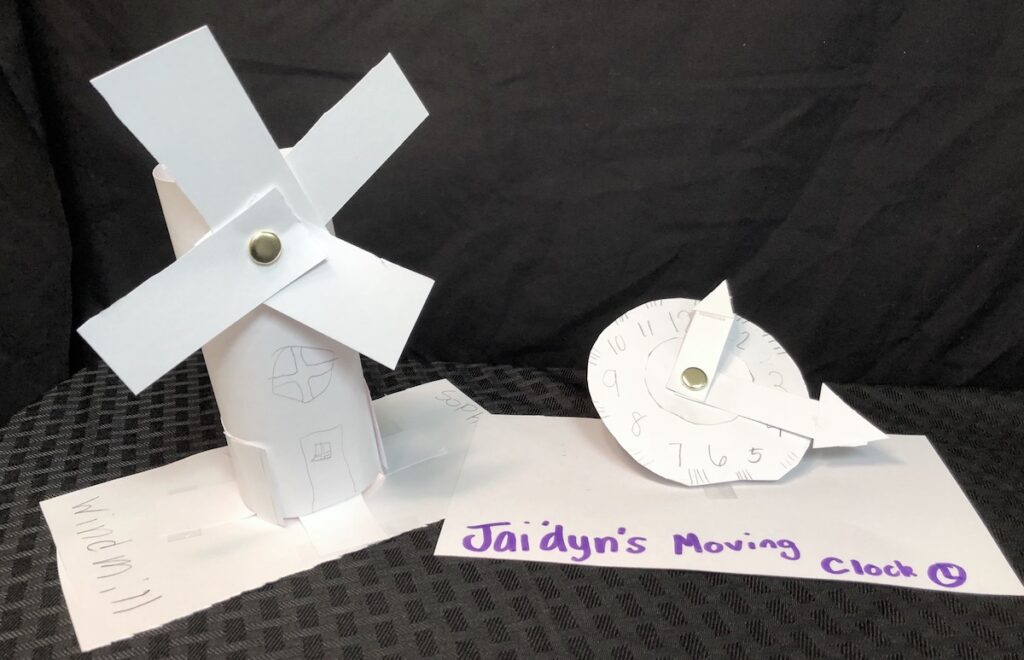
Challenge
Design a standing structure that has a moving feature.
Materials
- Cardboard pieces and scraps
- Paper scraps
- Cardstock
- Brass fasteners
- Glue
- Tape
Procedures
- Read the challenge to your students.
- Share with them that the structure must stand on its own and something must move on it manually.
- If your students are not familiar with how brass fasteners work, make sure to show them.
- If you want your students to work collaboratively, let them know they will be working in groups.
- Have boxes prepared with items listed in the material list and pass them out.
- Let students begin on the art challenge.
- Once they are finished, allow time for students to share how they problem-solved during the challenge.
All in all, art challenges are a great addition to any classroom, and you will be fascinated with the ways your students choose to solve each challenge. Get ready to be blown away!
What successful art challenges have you done in your classroom?
What tip would you give someone trying art challenges for the first time?
Magazine articles and podcasts are opinions of professional education contributors and do not necessarily represent the position of the Art of Education University (AOEU) or its academic offerings. Contributors use terms in the way they are most often talked about in the scope of their educational experiences.
